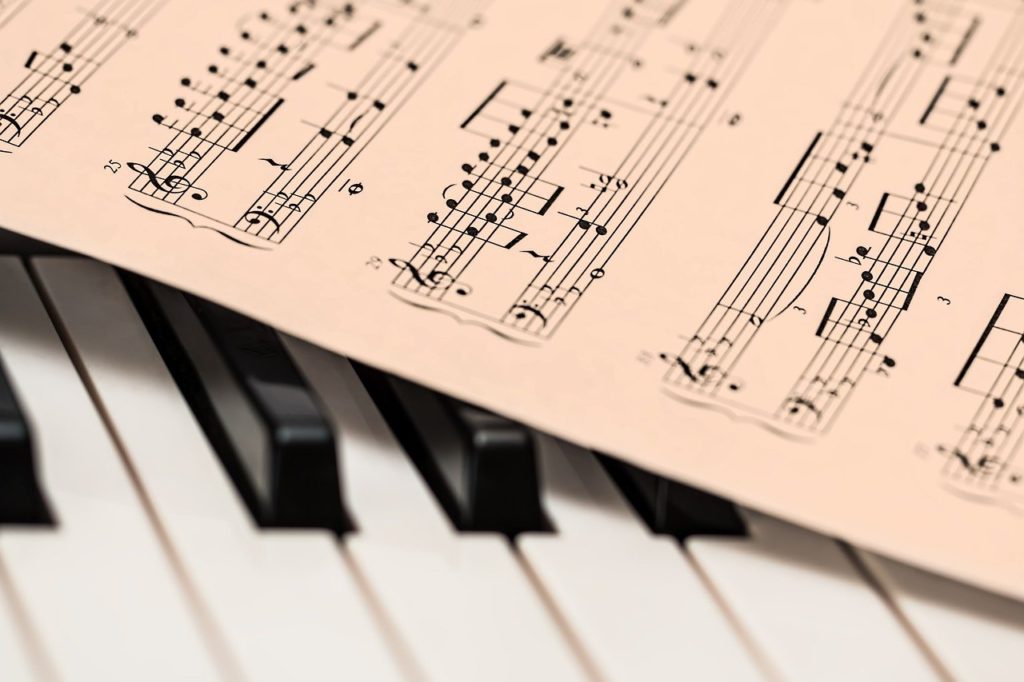Chord

The archive gathers together the posts about tuning chords.
Chord
Do you want to know how to tune chords better?
Chord Defined
The term does not come from the word cord (i.e., string). Rather, it comes from the Middle English word cord, which means accord. In other words, the notes in a harmony are in accord, meaning they work well together.
Likewise, the term harmony, a synonym of chord, also carries the idea of notes that work well together. Therefore, harmony remains a branch of music theory that deals with how notes combine to create consonant and dissonant groupings.
The notes in a harmony can be played one after the other. However, most often harmony deals with notes that happen at the same time.
When a chord gets played as a block, it remains sensitive to mistuning. Therein lies the problem with harmony, it can be tricky to tune.
Tuning Chords
Equal temperament remains the standard tuning for instruments like the piano, organ, guitar, and xylophone. It makes compromises in the harmonies in order to keep the total number of notes to a workable amount.
Equal temperament could be thought of as a well temperament that spreads the tuning errors evenly across the whole tuning system. It has the advantage that none of the chords sound really bad. Also, all of the scales remain usable.
However, the equal tempered major thirds are just spitting distance from being out of tune.
How to Better Tune Chords
A new tuning system, called Supplemented Equal Temperament, creates an enhanced version of equal temperament that has better sounding chords.
Many of the following posts talk about how to tune harmonies using Supplemented Equal Temperament, while other posts deal with singing harmonies in tune.
© 2021 Geoffrey Keith
Back to the Successful Music Student Blogs page
We approach accents differently than other types of articulations. It is not just about using color to make the accents pop off the page. Using shapes creates a guide for when to play louder. Consequently, for accents we take our example from shape notes. Estimated reading time 3 minutes.
Even among typical learners, students find alternate picking and strumming challenging. It is one of the few color-coding strategies I use with every student. Using color-coded arrows as a guide to alternate picking effectively shows students how to accurately execute the picking patterns. Estimated reading time 2 minutes.
Want to train your ear to harmonize in tune? All you need is a guitar. Read more to learn how to sing in tune like an a cappella singer! Estimated reading time 4 minutes.
Frustrated that the guitar’s chords don’t sound in tune? Learn to tune the blues rock open D tuning using harmonics so you can play chords in tune. You will also learn the song “Jumping Jack Flash.” Estimated reading time 3 minutes.
Frustrated that the guitar sounds out of tune? Learn to tune the classic rock open G tuning using harmonics to be able to play chords in tune. You will also learn the song “Honky Tonk Women.” Estimated reading time 3 minutes.
How you tune affects how you sound. We look at how Keith Richards tunes his special open G tuning. The post includes video interviews with Keith Richards. Learn how to tune like a rock star! Estimated reading time 3 minutes.







